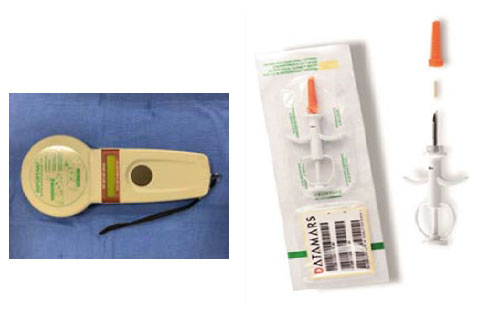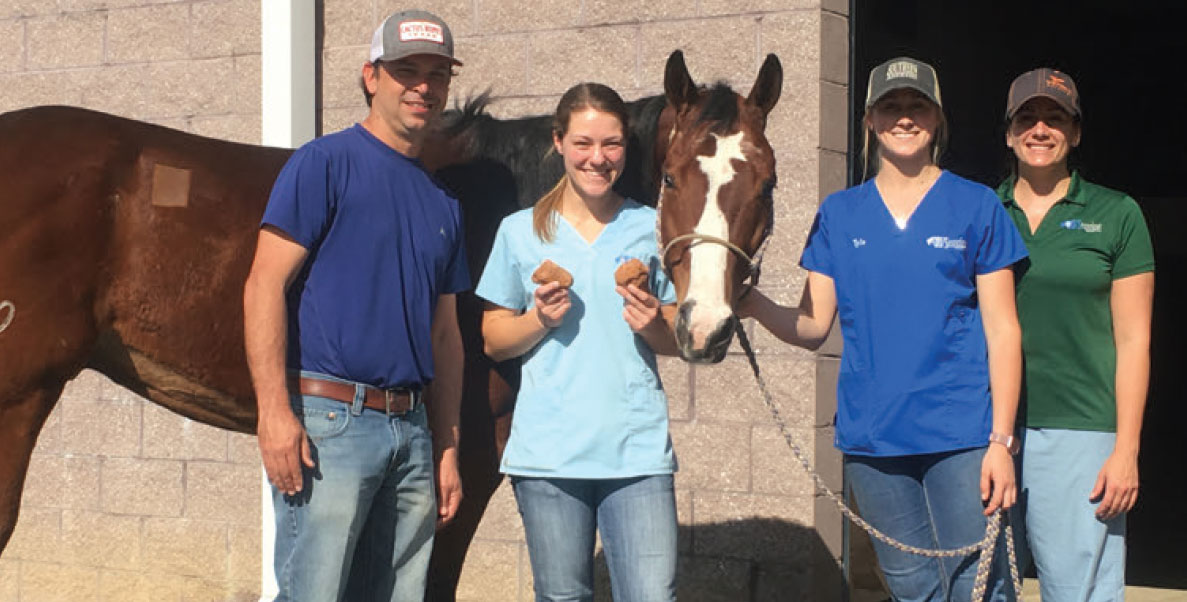Please Read, this is an important health alert sent out by AAEP!
Message sent to AAEP DVM Members in the U.S. and Canada on May 16, 2011
Currently, there are reports of equine herpesvirus myeloencephalopathy (EHM) affecting an unconfirmed number of horses in the U.S. and Canada. This outbreak appears related to initial cases at a cutting horse show in Ogden, Utah, which was held from April 29 – May 8. Horses at that event may have been exposed to this virus and subsequently spread the infection to other horses. While the true extent of this disease outbreak is uncertain, there is clearly a very significant elevated risk of EHM cases at this time. At this time control of the outbreak is critically dependent on biosecurity.
Laboratory submission of nasal swabs and whole blood samples collected from the exposed horse can be utilized for virus detection and isolation. Please consider testing any suspected cases.
The EHV-1 organism spreads quickly from horse to horse but typically only causes neurological disease sporadically. However, in an outbreak of EHV-1 neurologic such as we are experiencing now, the disease can reach high morbidity and case fatality rates. The incubation period of EHV-1 infection is typically 1-2-days, with clinical signs of fever then occurring, often in a biphasic fever, over the following 10 days. When neurological disease occurs it is typically 8-12 days after the primary infection, starting often after the second fever spike. In horses infected with the neurologic strain of EHV-1, clinical signs may include: nasal discharge, incoordination, hind end weakness, recumbency, lethargy, urine dribbling and diminished tail tone. Prognosis depends on severity of signs and the period of recumbency. There is no specific treatment for EHV-1, although antiviral drugs (i.e. valacyclovire) may have some value before neurological signs occur. Non-specific treatment may include intravenous fluids, and other appropriate supportive therapy; the use of anti-inflammatory drugs (NSAIDs) is strongly recommended. Currently, there is no equine vaccine that has a label claim for protection against the neurological strain of the virus.
Horse-to-horse contact, aerosol transmission, and contaminated hands, equipment, tack, and feed all play a role in disease spread. However, horses with severe clinical signs of neurological EHV-1 infection are thought to have large viral loads in their blood and nasal secretions and therefore, present the greatest danger for spreading the disease. Immediate separation and isolation of identified suspect cases and implementation of appropriate biosecurity measures are key elements for disease control.
Please report any confirmed EHV/EHM cases or suspect EHV/EHM cases to your state/provincial animal health department as soon as possible.
For additional questions, please contact Keith Kleine, AAEP director of industry relations, at (800) 443-0177 or kkleine@aaep.org.
Sincerely,
William Moyer, DVM
2011 AAEP President



